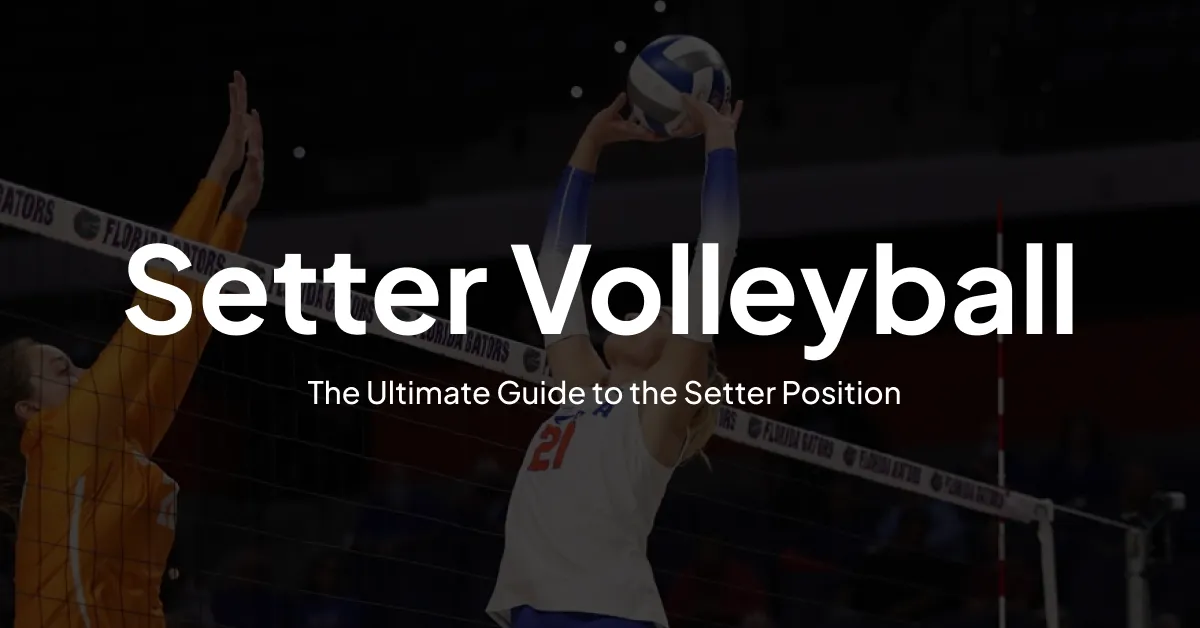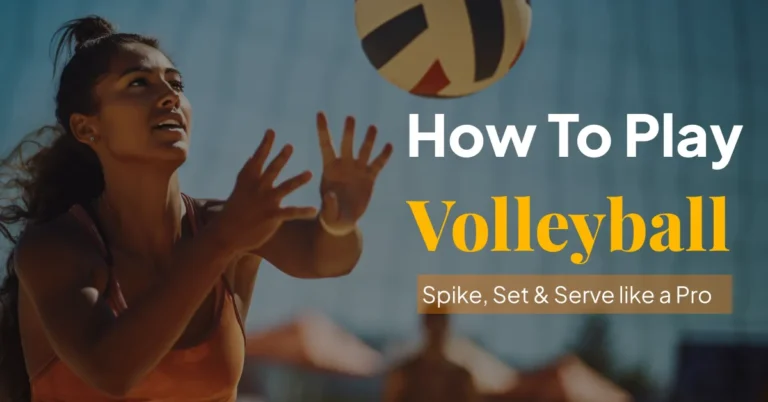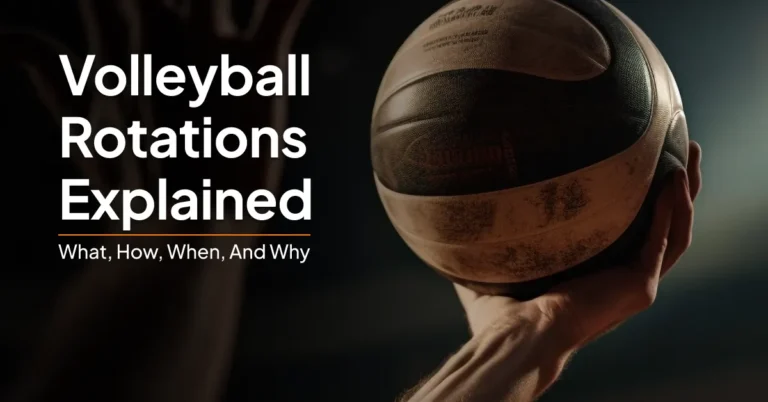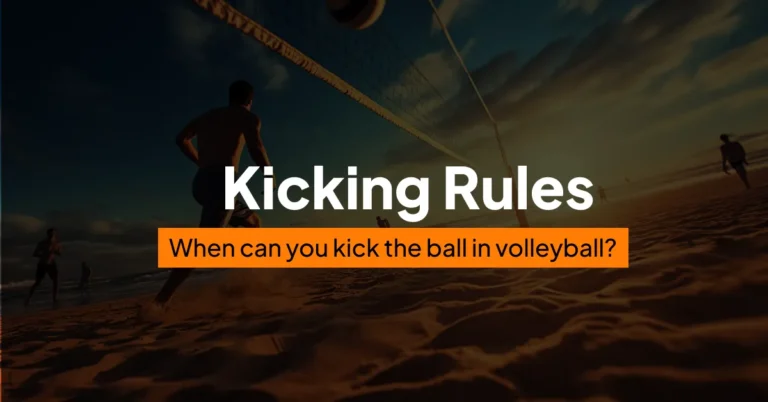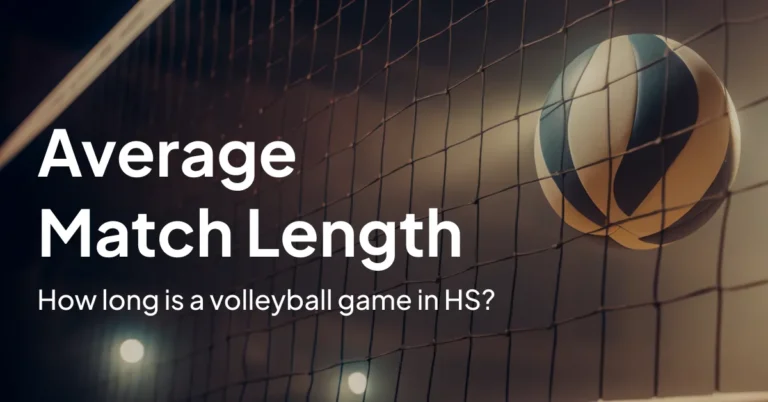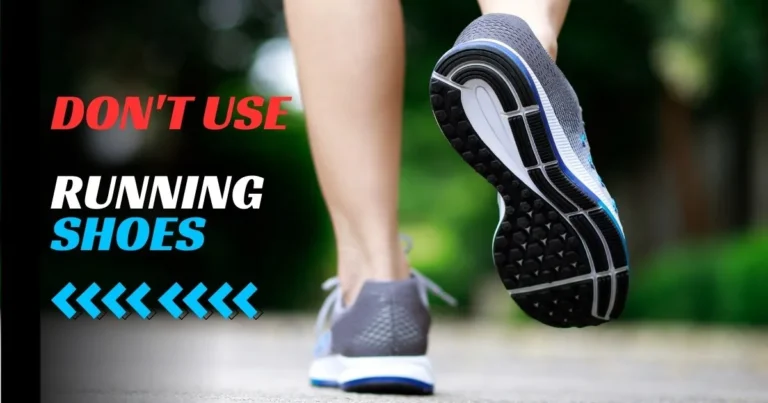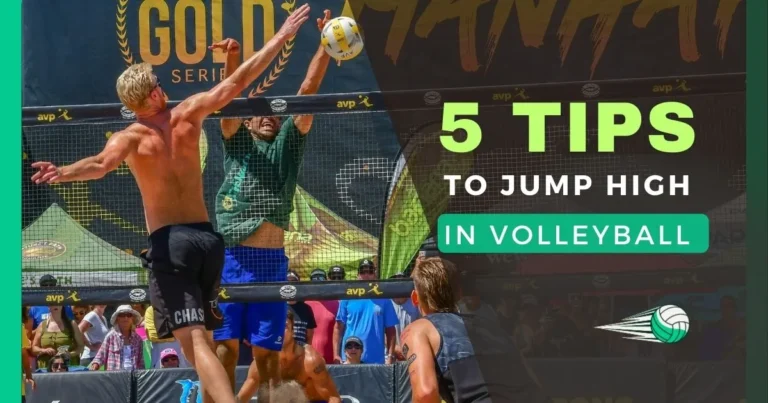Setter Volleyball – The Ultimate Guide to the Setter Position
What is a setter in volleyball? Well, the setter position in volleyball holds a person who distributes the ball to the hitters. The setter is one who touches the ball after the pass, and has the prominent job of setting the ball up for the hitters so they can score points. He ensures that the players who hit the ball (spikers) get the chance to score a point.
In this guide, I’m going to share the role and responsibilities of the setter position, qualities required to become a great setter & everything I know about it. I’ve been playing setter for as long as I can remember. I love to challenge the defense of the opponent and find the best way to attack it.
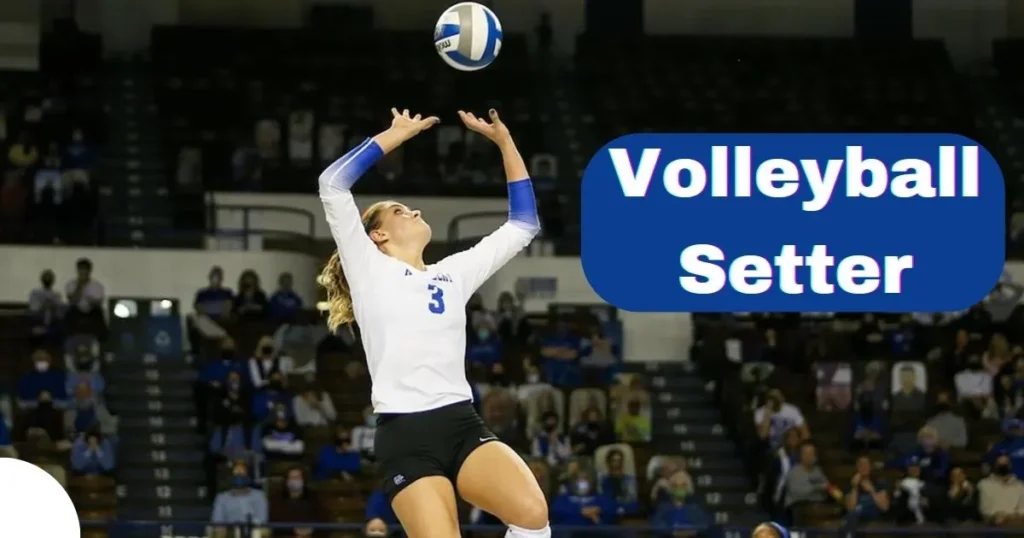
I also enjoy the feeling of setting up a perfect hit for my teammates, controlling the flow of the game and seeing them score points.
I’ll cover everything about setter from basic setting technique to advanced concepts like running plays and reading the defense. I hope that this guide will help you become a better setter and help your team win more games.
How Important Is The Setter?
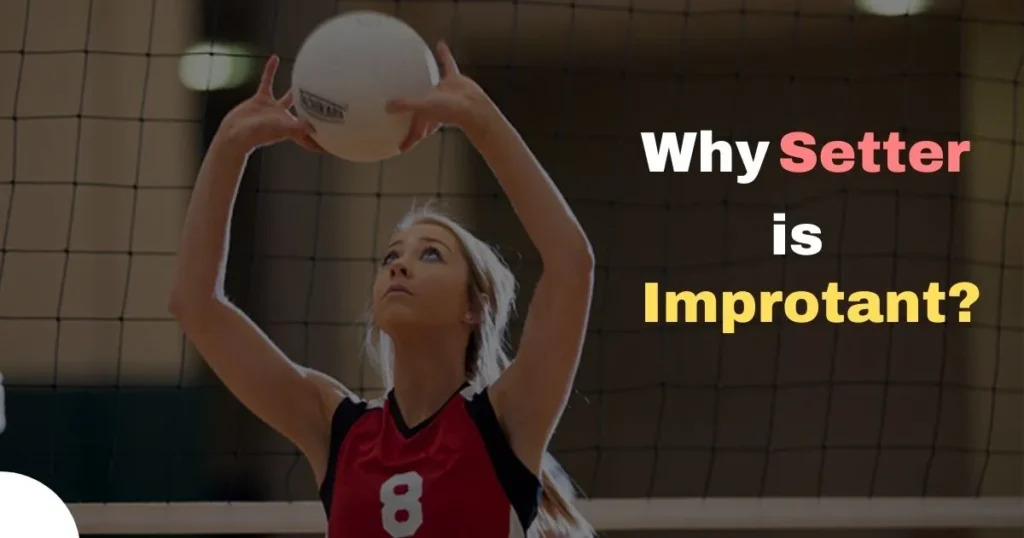
The importance of setter in volleyball can be determined through that setter is one of the bulging volleyball positions who gets the ball to hit. Make sure the spikers are in a good position to hit the ball (after it’s been passed or dug). If the setter does not set the ball accurately, the hitters will not be able to hit the ball effectively.
The setter is responsible for running the team’s offense. They need to decide who to set the ball to, and they need to do it quickly. This means that they set the ball to the left side hitter, the middle blocker, and the right side hitter.
The setter also needs to communicate with the hitters to let them know where they are going to set the ball.
Terms for the Setter Volleyball Players
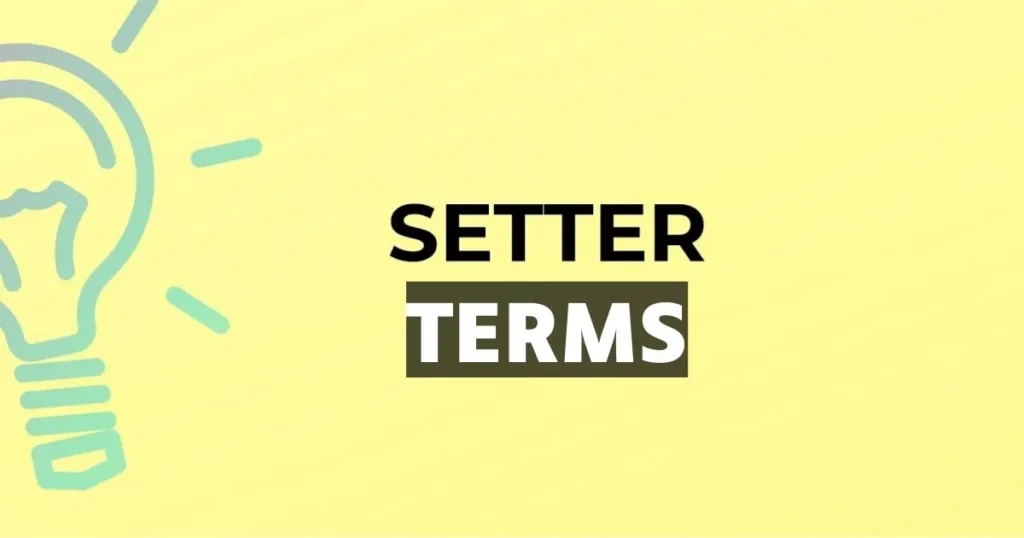
There are different terms for setter in volleyball because the position has evolved over time. The “tosser,” was the original term for setter but this was changed to “setter” in the 1970s to reflect the more active role that the setter plays in the offense.
Here are some of the most common terms for the setter volleyball positions:
- Set: The act of placing the ball in the air for a hitter to attack.
- Setter’s hands: The position of the setter’s hands when they are setting the ball.
- Setter’s platform: The area of the setter’s body that they use to set the ball.
- Setter’s touch: The soft, delicate touch that the setter uses to set the ball.
- Setter’s court awareness: The setter’s ability to read the defense and anticipate where the open hitter is going to be.
- Setter’s decision-making skills: The setter’s ability to make quick decisions under pressure and choose the right set to make.
- Setter’s leadership skills: The setter’s ability to communicate effectively with their teammates and motivate them to play their best.
Rules for the Setter Volleyball
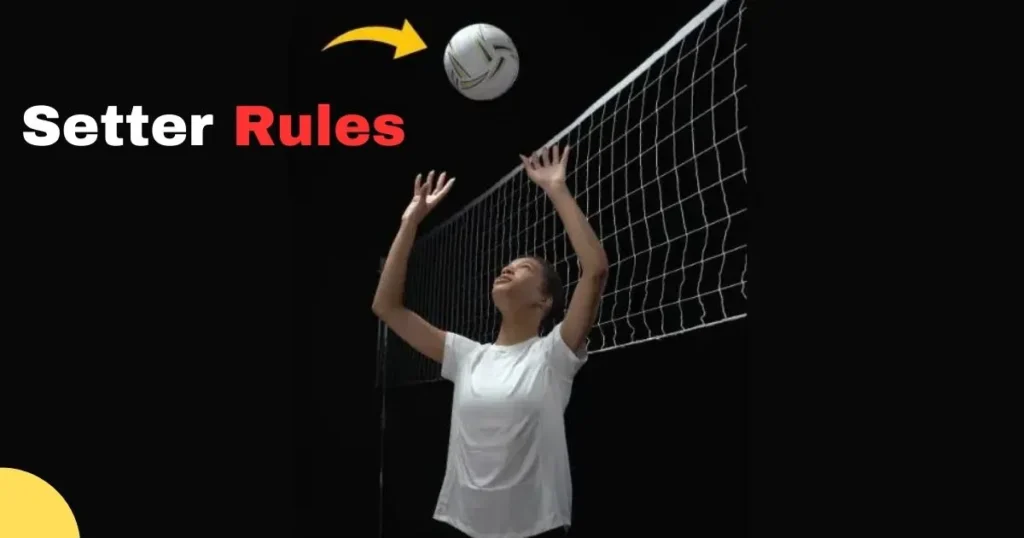
If you’re playing as setter, you must follow the rules as all other players, including:
- You must stay in your rotation position until you hit.
- Don’t hit the ball twice in a row. (Setters can not receive serve)
- You are not allowed to catch the ball.
- You cannot block the ball.
- Don’t interfere with the opposing team’s players.
In addition to the general rules, there are a some specific rules that apply to the setter position:
- You must set the ball with their hands.
- You cannot set the ball directly over the net.
- You are not allowed to set the ball from behind the 3-meter line.
Setter Position and Movement
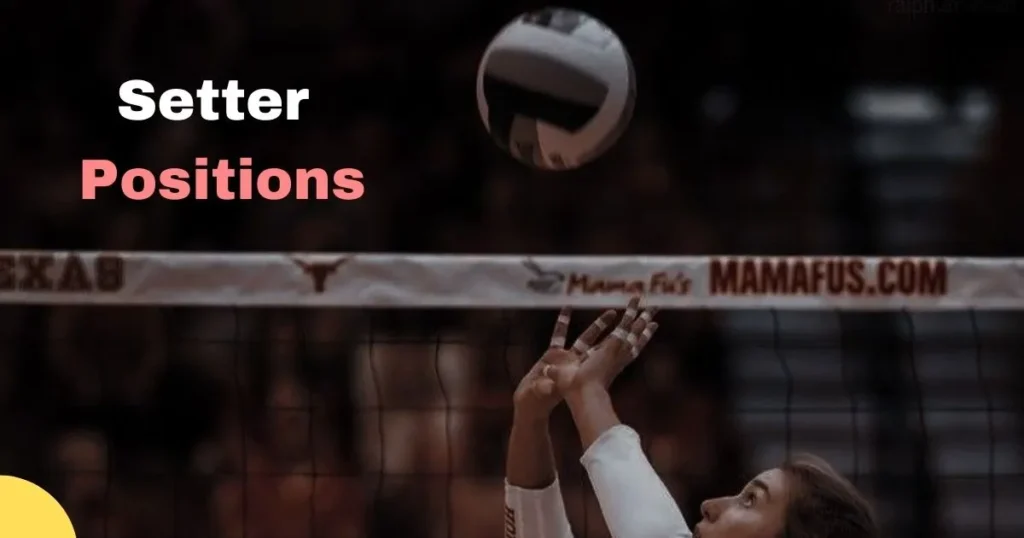
The setter’s starting point is between positions 2 and 3. Typically the setter positioned in the front right side of the court, between the middle blocker and the right side hitter. When at the back, they defend from position 1, and in the front, they block in position 2.
It is an ideal position for the setter because it gives a good view of the court and makes it easy for them to reach all of their hitters.
The setter should always be moving and ready to receive the pass. Moreover, he is also aware of the defense and is prepared to adjust his position accordingly.
Does The Setter Always Receive The Second Ball?
No, In fact, it is more common for the setter to get the second ball in high school and college volleyball, where the game is less specialized. In professional volleyball, the second ball is often passed to the opposite hitter or right side hitter, who are typically the team’s best passers.
Rotation of Setters in the Court
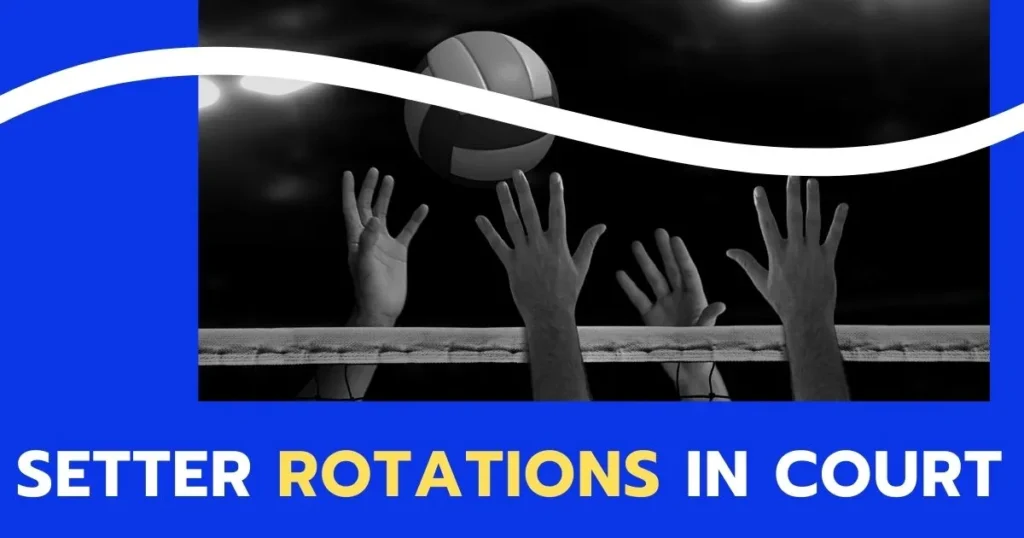
In volleyball, players rotate positions after each point which means that the setter will rotate to different positions on the court throughout the game.
The setter’s rotation position depends on the team’s rotation system. The most common rotation system is the 5-1 rotation, in which there is one setter and five hitters. In this, the setter will rotate to the following positions:
- Position 2 (right front)
- Position 3 (back right)
- Position 4 (back left)
- Position 5 (back middle)
- Position 6 (left front)
However, there are also other rotation systems, such as the 4-2 rotation system and the 6-2 rotation system. These rotation systems use two setters instead of one.
Setter in the 4-2 Formation in Volleyball
In the 4-2 formation, there are two setters and four hitters who rotate positions opposite to each other, so that there is always a setter in the front row and a backrow setter.
The setter in the front row knows exactly how to set a volleyball and is responsible for setting the ball to the spikers. The setter in the back row participates in the receive pass. Actually, Setter is a valid connection b/w passers and hitters
Setter in 4-2 formation with Infiltration
The 4-2 formation with infiltration is a variation of the 4-2 formation in which the setter in the back row infiltrates into the front row to set the ball to the hitters. This allows the team to have five hitters in the front row at the same time.
Setter in 5-1 Formation in Volleyball
In the 5-1 formation, there is one setter and five hitters. The setter rotates to all six volleyball positions on the court throughout the game.
The setter in the 5-1 formation is responsible for setting the ball to all of the hitters. They must be able to read the defense and anticipate where the open hitter is going to be.
Role and Responsibilities of a Good Setter Volleyball
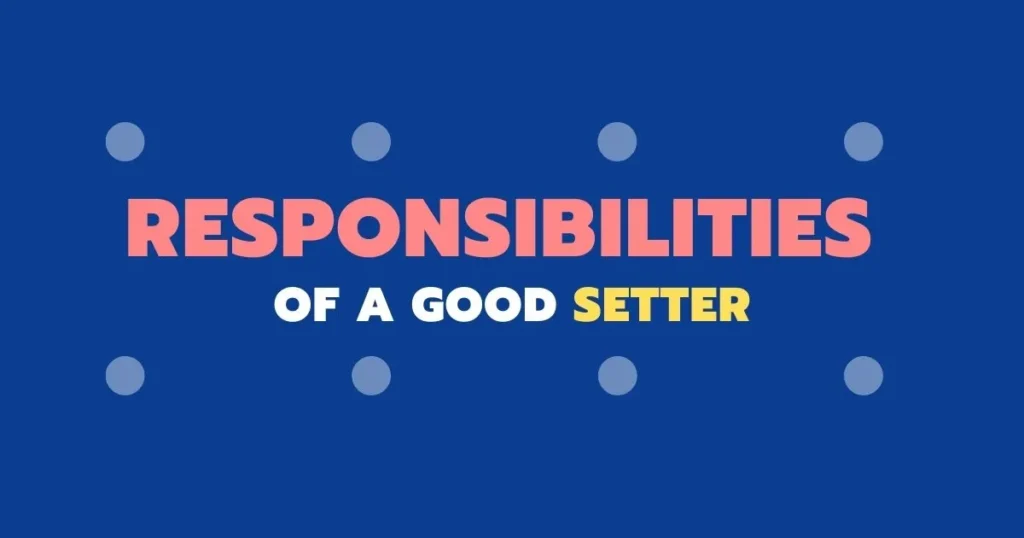
The setter plays a vital role in the team’s offense. A good setter can produce a big difference in a game, and can help his team to win.
The setter is like the coach’s messenger on the court. The coach may tell the setter what to do through hand signals, and the setter then tells the other players.
A setter has four important jobs
- Call plays: The setter tells the other players where to go and what to do.
- Check positions: The setter makes sure that the other players are in the right spots on the court.
- Set the ball: The setter passes the ball to the hitters in a way that makes it easy for them to score points.
- Block and hit: The setter also blocks and hits the ball, just like the other players.
Key Performance Indicators (KPIs); How to be a Good Setter Volleyball:
- Setting accuracy: A setter must be able to set the ball accurately and consistently to the hitters.
- Court awareness: The setter should be able to read the defense and prepare for where the open hitter is going to be.
- Decision-making skills: A setter should be able to make quick decisions under pressure and choose the right set.
- Leadership skills: A setter often plays a leadership role on the team. He needs to be able to communicate effectively with his teammates and motivate them to play their best.
Qualities & Strengths of the Great Setters
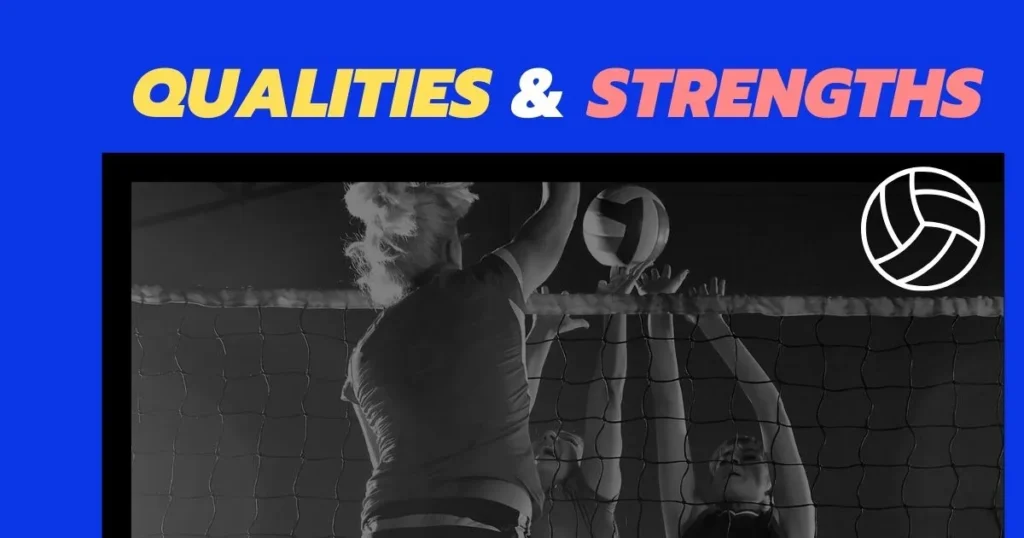
Great setters in volleyball are characterized by a number of key qualities, including:
- Court awareness
- Setting accuracy
- Setting variety (high, low, and quick sets).
- Decision-making skills
- Leadership skills
Physical Attributes of a Volleyball Setter
There are some physical attributes that can be beneficial, including:
- Height: Setter volleyball Height can favor the setter to see and to set the ball to a wider range of hitters. However, short ones can also be successful if they have good court awareness and jumping ability.
- Jumping ability: A good setter jumps high about 3 meters to set the ball over the net and above the blockers.
- Hand-eye coordination: Good hand-eye coordination can support the setter to perform well.
- Athleticism: A setter must be athletic enough to move quickly around the court according to changing situations.
Recruitment Standards for Volleyball Setters
When recruiting volleyball setters, coaches will typically look for players who have the following qualities:
- Good setting skills
- Court awareness
- Decision-making skills
- Leadership skills
How to become a good volleyball setter? Tips & Tricks for Beginners
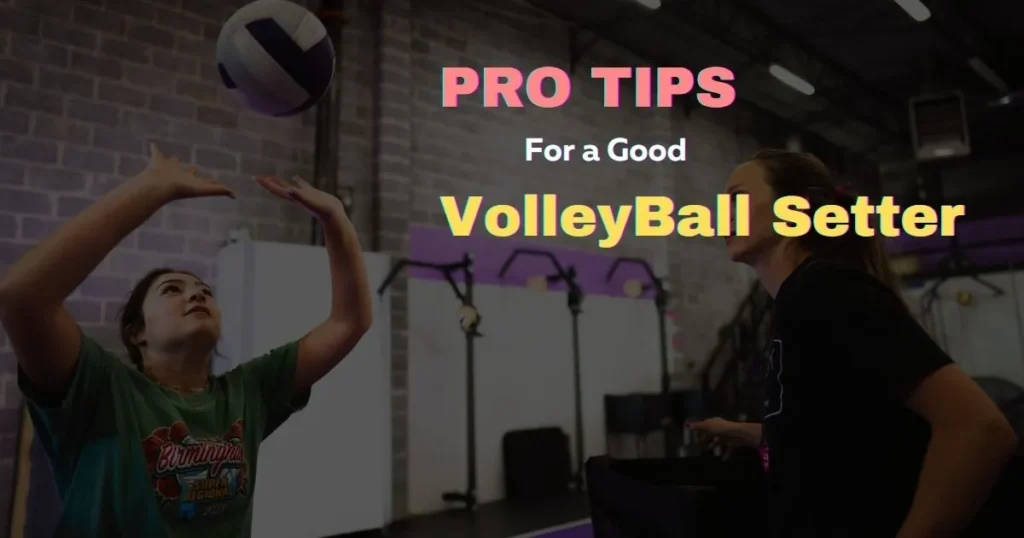
Here are some tips on how to become a good volleyball setter:
- Practice regularly: The more you practice, the better you will be.
- Get feedback: Ask your coach or teammates for feedback on your setting. This will help to identify setter target area where you can improve.
- Watch other setters: Pay attention to how other setters set the ball. Try to emulate the things that they do well.
- Be patient: It takes time and practice to become a good setter. Don’t get discouraged if you don’t see results immediately.
Pro Tips for Setting the Ball
Follow through with your set: This will help to generate power and accuracy.
- Be unpredictable: Don’t always set the ball to the same hitter. Mix things up to keep the defense off balance.
- Be patient: Don’t rush your sets. Take your time and make sure that you are setting the ball to the correct location.
My 5 Favorite Setters
here are 5 famous setters in volleyball:
- Bruno Rezende (Brazil)
- Micah Christenson (USA)
- Simone Giannelli (Italy)
- Fabian Drzyzga (Poland)
- Joanna Wołosz (Poland)
Best Volleyball Shoes for Setter
The best volleyball shoes for setters are shoes that provide good traction, support, and cushioning. Setters need to be able to move quickly around the court and change directions suddenly. So, it is important to have shoes that provide good traction. Setters also need good support to protect their ankles and knees from injuries. Additionally, setters need shoes that provide good cushioning to absorb the impact of jumping and landing.
Here are a few of the best volleyball shoes for setters:
- Asics Sky Elite FF 2: The Asics Sky Elite FF 2 is a popular choice for setters because it provides good traction, support, and cushioning. It also has a lightweight design that makes it easy to move quickly around the court.
- Mizuno Wave Momentum 2: The Mizuno Wave Momentum 2 is another popular choice for setters. It has a unique wave plate design that provides good cushioning and support. It also has a lightweight design and a breathable upper.
- Nike Air Zoom HyperAce 3: The Nike Air Zoom HyperAce 3 is a good choice for setters who are looking for a shoe with a lot of cushioning. It has a Zoom Air unit in the heel that provides good impact protection. It also has a lightweight design and a breathable upper.
Setter Volleyball FAQs
Should I Be A Setter?
Whether or not you should be a setter depends on your skills and interests. If you have good hand-eye coordination, court awareness, and decision-making skills, then you may be a good fit for the setter position. However, it is important to note that it requires a lot of practice and dedication.
Can a setter be a captain?
Yes, a setter can be a captain. Captains are typically chosen for their leadership skills, and setters often play a leadership role on the team.
Can setters touch the first ball?
Yes, setters can touch the first ball. The setter is the second person to touch the ball after the pass, and they have the important job of setting the ball up for the hitters so that they can score points.
Is setter better than libero?
The setter and libero are two different positions in volleyball, each with its own unique role. The setter is responsible for distributing the ball to the hitters, while the libero is responsible for defense. Both positions are important to the team, and each position has its own advantages and disadvantages.
Can setters go front?
Yes, setters can go front. In fact, setters often rotate to the front row so that they can set the ball to the hitters. However, it is important to note that setters are not allowed to hit the ball directly over the net.
Final Words
Setter volleyball is an outstanding position in volleyball. Setters need to have good hand-eye coordination, court awareness, and decision-making skills. If you are interested in becoming a better setter, it is important to practice regularly and get feedback from your coach or teammates. You should also watch other international setters play and try to emulate the things that they do well.

